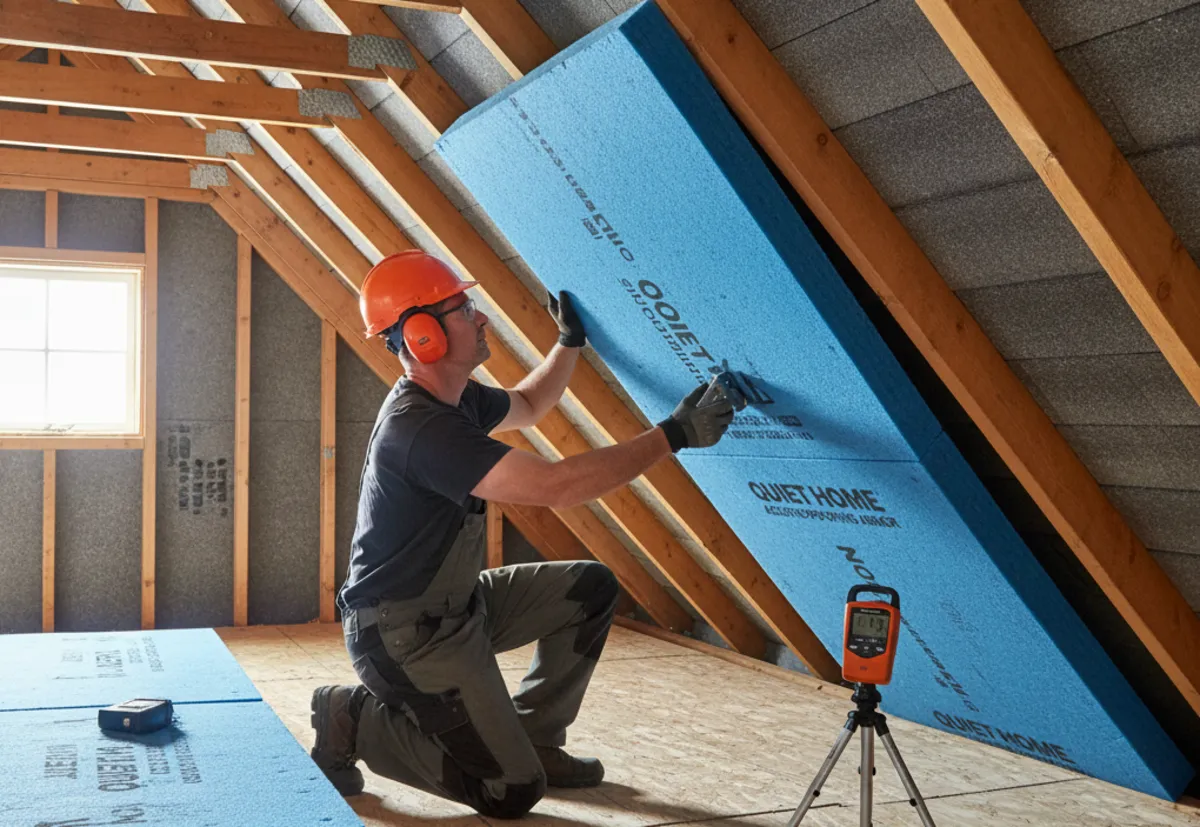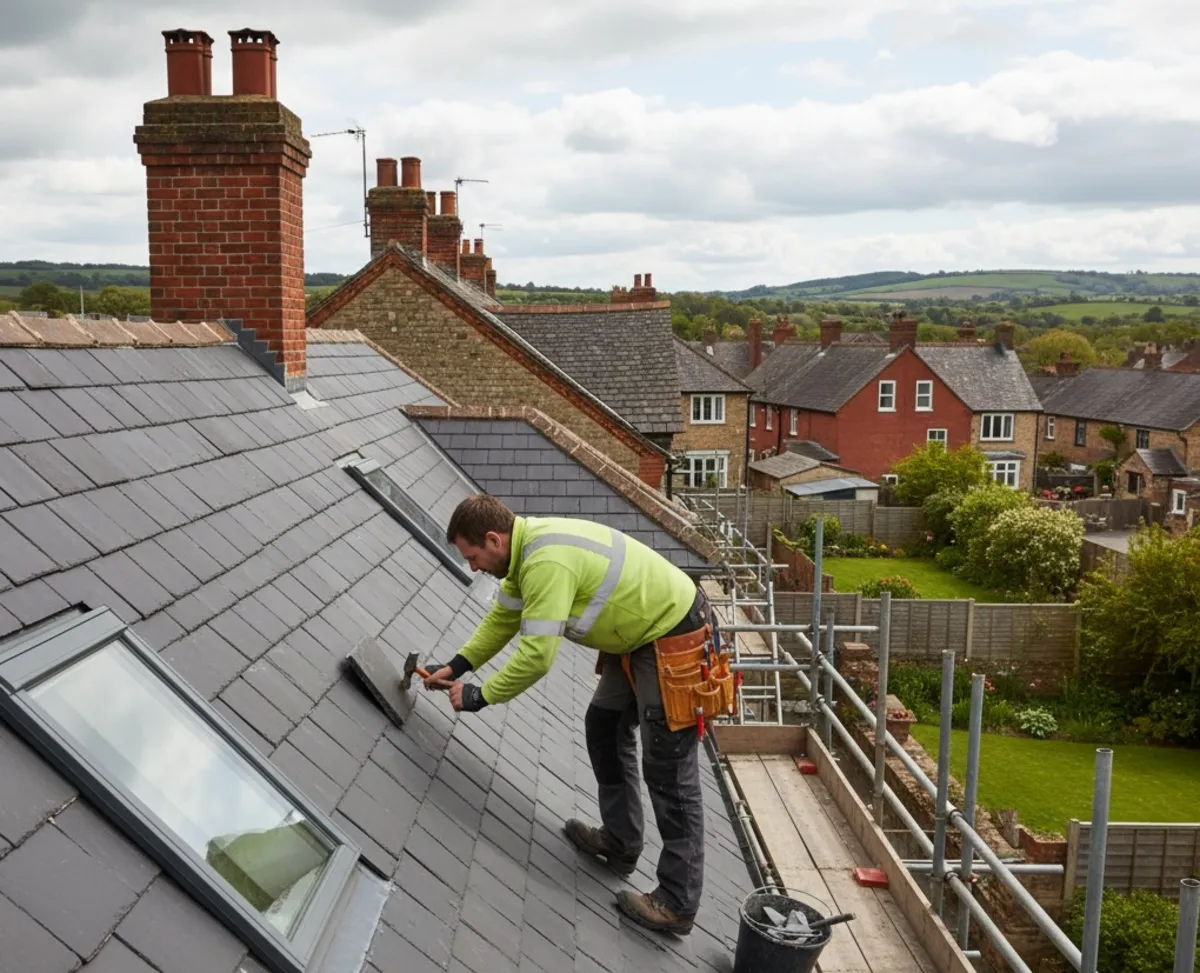29 Aug 2025
What is a Damp Proof Membrane (DPM)? A Complete UK Guide
For anyone involved in UK construction, from large-scale contractors to dedicated DIYers, understanding how to protect a building from damp is non-negotiable.

An incorrectly protected property can lead to devastating structural damage and serious health issues from mould, placing this topic firmly in the “Your Money or Your Life” category, where quality and accuracy are paramount.
At the heart of this protection is the Damp Proof Membrane (DPM). This guide provides a definitive overview of what a DPM is, its crucial role in damp proofing systems, and how to select and use the correct materials to comply with UK Building Regulations.
The Critical Difference: DPM vs. DPC
Many people use the terms Damp Proof Membrane (DPM) and Damp Proof Course (DPC) interchangeably, but they are two distinct components that must work together to create a continuous barrier against ground moisture. Understanding this relationship is the key to effective damp proofing.
- Damp Proof Course (DPC): This is a horizontal barrier, typically made of plastic, bitumen, or slate, built into the masonry of a wall. Its job is to stop moisture from the ground rising up through the building’s walls via capillary action. You will usually see it as a thin black line in the mortar joint around 150mm above ground level.
- Damp Proof Membrane (DPM): This is a large, impermeable sheet, most commonly a heavy-duty polythene sheet, laid across the ground underneath a solid concrete floor. Its job is to stop moisture from the ground from rising through the floor.
For a building to be fully protected, the DPM in the floor must overlap and be sealed to the DPC in the walls. Without this connection, a gap is left, allowing rising damp to bypass the barriers and penetrate the building
Types of Damp Proof Membrane
While there are various solutions, two main types of DPM are used in UK construction.
1. Polythene Sheet DPM
This is the most common type used for new concrete floors in builds and extensions. It’s a durable, heavy-duty plastic sheeting that is laid on the ground before the concrete is poured.
- Standard Thickness: For underfloor applications, UK building standards require a minimum thickness. The industry standard that meets this requirement is 1200 gauge (or its metric equivalent, 300mu). Using a thinner membrane is a false economy that risks non-compliance and failure.
- Material: Most high-quality DPM sheets are now manufactured from 100% recycled plastic, offering excellent performance and durability while being an environmentally responsible choice.
We supply robust, CE Approved 1200 Gauge DPM in a 4m x 15m roll for larger areas, and a smaller 4m x 4m roll for smaller projects and extensions.
2. Liquid-Applied DPM
A liquid damp proof membrane is a paint-on solution that dries to form a seamless, waterproof barrier. It is often used on existing solid floors or for more complex detailing where a sheet membrane would be difficult to install correctly. It’s also a key component of damp proofing systems for existing internal walls.
DPM & UK Building Regulations
Installing an effective DPM is not optional; it is a legal requirement in the United Kingdom. The specific rules are outlined in the official government guidance for construction.
- Approved Document C: Site preparation and resistance to contaminants and moisture: This is the key document that governs damp proofing. It mandates the use of a suitable membrane to protect buildings. You can view the full document on the UK Government website.
To ensure compliance, always use a product that is CE Approved, as this demonstrates it has been tested to meet the required performance and safety standards.
DPM Installation: Core Principles
While a full installation guide is a topic for another day, the success of any DPM relies on a few fundamental principles:
- A Clean Sub-base: The membrane must be laid on a smooth surface, typically a layer of sand blinding over hardcore, to prevent stones and sharp objects from puncturing it.
- No Punctures: The entire sheet must remain intact. Any tears or holes will compromise the barrier.
- Lapped and Sealed Joints: Where two sheets meet, they must be overlapped by at least 150mm and sealed with a suitable waterproof jointing tape.
- Continuous Barrier: As detailed above, the DPM must be turned up at the edges and seamlessly joined to the DPC in the walls. Any services passing through the floor slab (like pipes) must also be carefully sealed.
The Final Word
A Damp Proof Membrane is a low-cost component in the grand scheme of a building project, but its importance cannot be overstated. It is an essential shield that preserves the long-term structural integrity of your property and protects the health of its occupants. By understanding its role, choosing the correct materials, and ensuring it’s installed as part of a complete system with the DPC, you ensure your building is safe, dry, and compliant.
Damp Proof Membrane - 25m x 4m

Damp Proof Membrane Black – 1200g 300mu – 25m x 4m (100 SQ/M) DPM Polythene Sheet – CE Approved
Product code: 154016
- This roll of high quality membrane provides an effective moisture barrier against liquid and water vapours for concrete slabs.
- The Polythene sheet is durable, hardwearing and also resistant to tears or punctures.
- Ideal for protecting concrete walls against rising moisture and damp.
- Manufactured using 100% recycled polyethylene.
- Durable, waterproof and rot proof. CE approved.
- Multi-fold sheet for ease of use.
- This product is available in a range of other sizes.







